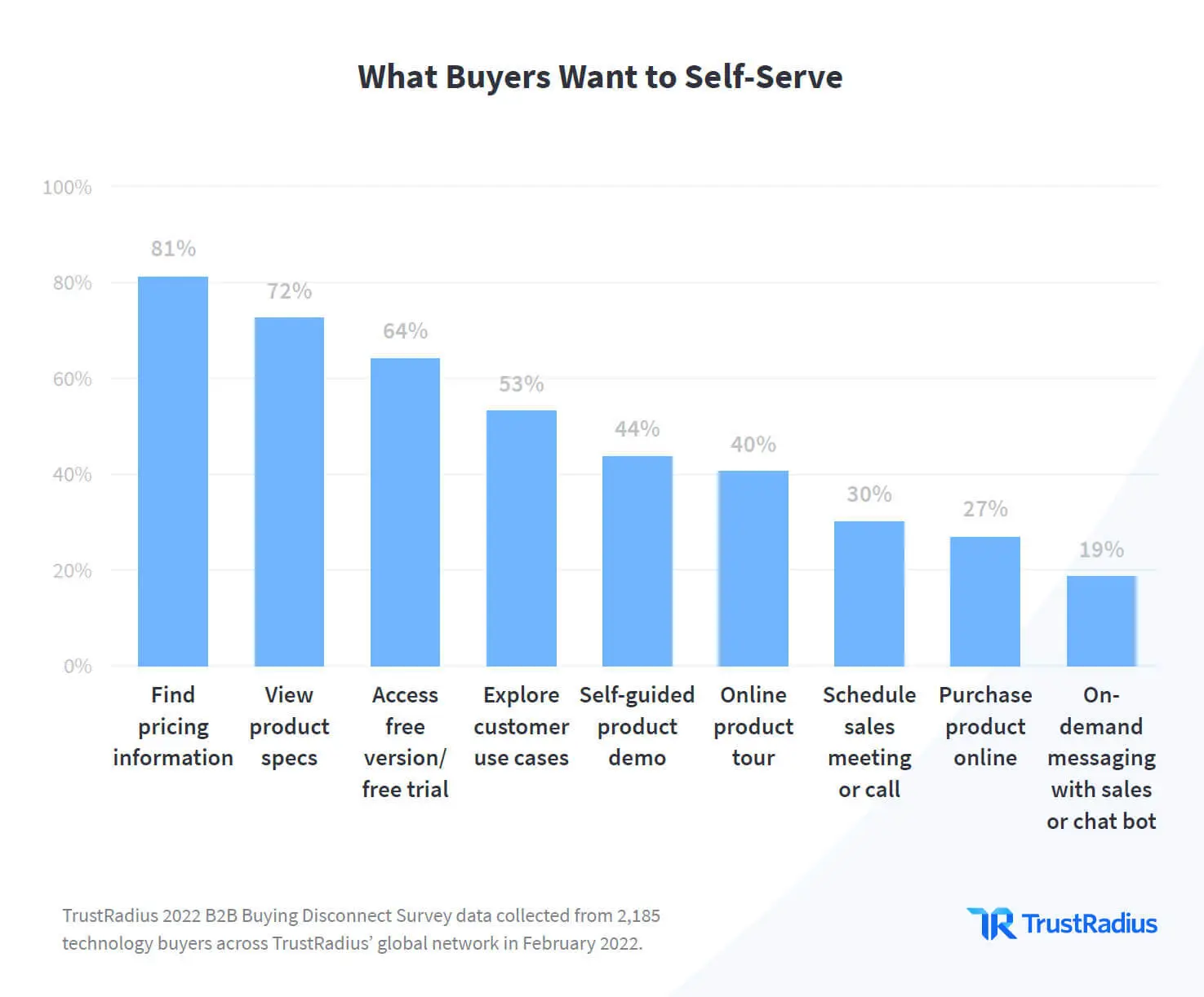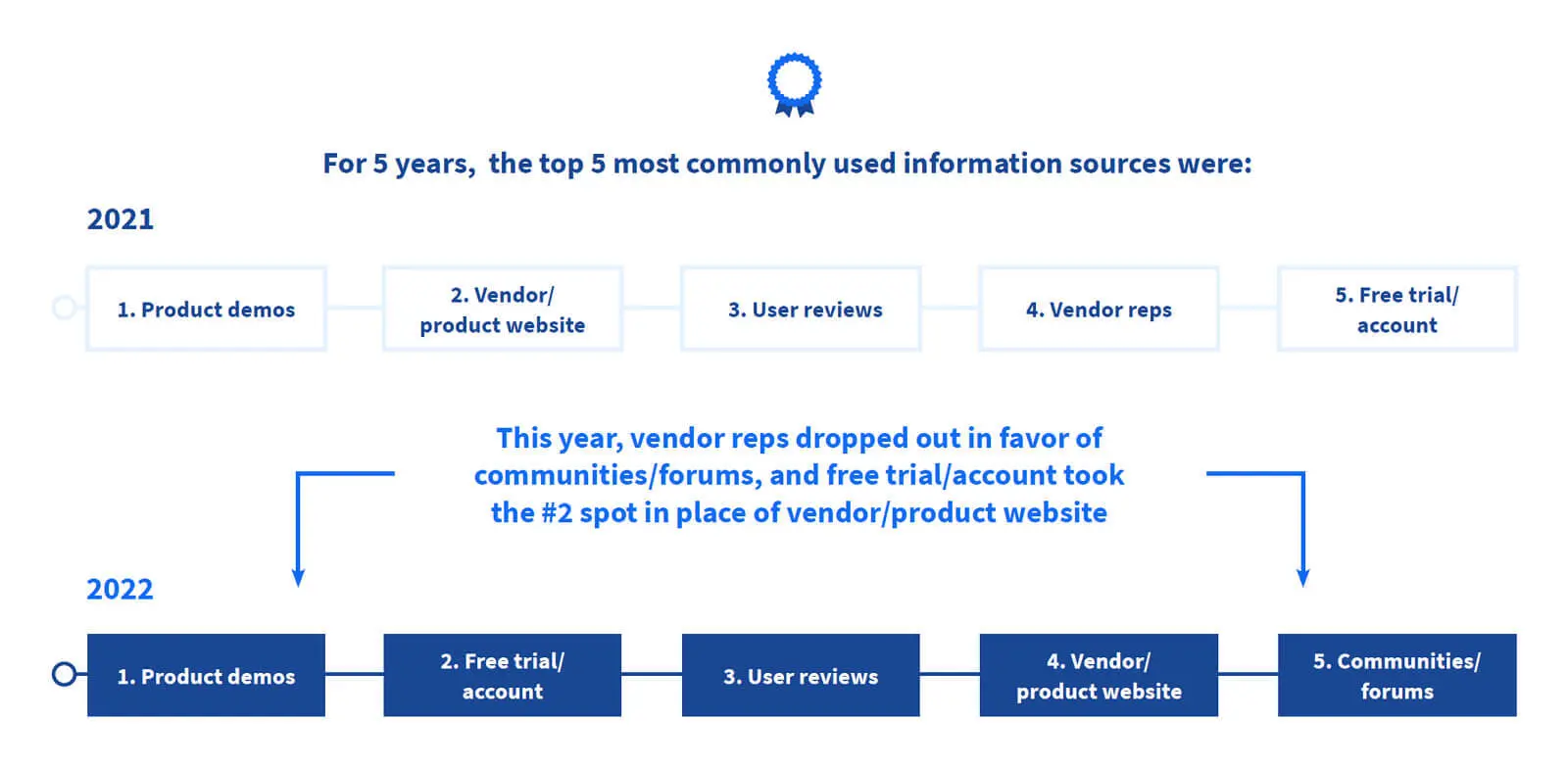“Aha moments” refer to sudden realizations, insights, or discoveries that occur when an individual gains a new understanding or perspective on a problem or situation.
These moments are often characterized by a sense of clarity and enlightenment, where things suddenly make sense or a solution to a previously unsolved problem becomes apparent.
A perfect example of an aha moment in real life is when Eiji Nakatsu, the general manager of the technical development department for Japan’s “bullet” trains, discovered a nose-shaped front design to reduce noise caused by turbulence from Karman vortices by observing the movement of a kingfisher.
Finding this solution was always challenging. However, Nakatsu, an avid bird-watcher, allowed his subconscious to work on the problem while he focused on observing the kingfisher’s movement.
Then, probably when he least expected it, the breakthrough idea suddenly came to him in a Eureka moment.
In various contexts, such as education, business, or personal growth, aha moments can lead to significant breakthroughs and advancements.
In this article, we will explore what aha moments are in SaaS, provide examples, explain how to discover more aha moments for your product, and discuss how to help your prospects quickly experience these moments.
Table of Contents
Aha Moments in SaaS
In SaaS and product development, aha moments are critical as they often represent the point at which a user fully grasps the value or utility of a product or feature.
Aha moments are considered magical moments of product development and growth in SaaS.
As previously stated, the “Aha” moment occurs when a user realizes the potential value of your product during their user journey. This moment is all about understanding the value proposition of your product.
However, the “Aha” moment is influenced by individual user requirements and use cases, so it can vary from one person to another and from one use case to another.
The gateway of Aha moments can be user onboarding. However, it can happen at various stages in the user journey.
Aha moments happen in the following stages of the user journey:

Why Do Aha Moments Matter or Why Should SaaS Companies Find the Aha Moments of Their Products?
Aha moments, also known as a eureka effect, is a strong positive emotion that can leave a mark on the brain by enhancing neural connectivity and strengthening memory pathways. These moments are characterized by a sudden realization or insight, often accompanied by a surge of dopamine, serotonin, endorphins, oxytocin, and a moderate release of adrenaline which not only creates feelings of intense satisfaction and excitement but also facilitates the encoding of the experience into long-term memory.
This whole gamut of human emotion is the moment when your warm and hot leads become your active users.
This is the aha moment psychology, where the brain’s reward system is activated, leading to a surge of dopamine that reinforces positive behavior and decision-making. Such moments of insight and realization not only enhance user satisfaction but also significantly increase engagement and retention, as users experience a profound understanding of the value your product or service provides.
Identifying the “Aha moments” for a SaaS company’s products is crucial for several reasons:
Examples of Aha Moments
Now that you have understood what an aha moment is, let’s explore real-life examples of it in SaaS and deep-tech B2C companies.
ChatGPT
ChatGPT is an advanced language model developed by OpenAI, designed to generate human-like text based on the input it receives.
ChatGPT’s aha moment is when users know that they can increase their productivity with just natural language processing (NLP) prompts.
Midjourney
Midjourney is also a sophisticated generative AI that generates images from text.
Midjourney’s aha moment is great because it pushes for early adoption. Also, the users of Midjourney are amazed that they can create artist visuals, portrait images, and more genres of visuals in a few seconds.
Meta (Formerly Facebook)
Though Meta’s initial aha moment is connecting people, later they find out the exact aha moment is “7 friends in 10 days”.
This discovery was made by Chamath Palihapitiya who has been a key performer in Facebook’s journey. Keep reading to know how to find your product’s aha moment.
Amazon
As you all know, Amazon is a popular ecommerce company that is also engaged in cloud computing, digital streaming, and artificial intelligence (AI).
In the earlier stages before the proliferation of digital stores, the “aha moment” for Amazon users was ordering anything from their own comfort of being at home and having it delivered to their store step.
LinkedIn, the professional community platform, is used by billions of working professionals around the world.
LinkedIn’s “aha moment” is likely when a user discovers a relevant job or when an HR posts the job requirement to millions of people on the same platform with a few clicks of a button.
WHOOP
WHOOP is a deep-tech human performance company that tracks meaningful biometrics like heart rate to give you meaningful insights about your health.
This device comes with a screen-free wearable that has been adopted by top athletes like Cristiano Ronaldo, Virat Kholi, Rohit Sharma, and many more.
Unlike other devices, WHOOP is the only device that identifies overtraining and prioritizes recovery.
The aha moment for WHOOP users occurs when the device advises them to stop exercising for a few days until their strain levels normalize.
Because, no fitness tracker in history that has told people to stop doing exercise based on their biometric data; they completely overlooked the concept of overtraining and failed to track it.
Another aha moment happens when WHOOP predicts illnesses, such as fever, by indicating abnormalities in metrics like heart rate variability (HRV) and respiratory rate (RPM).
How to Find Your Product’s Aha Moments
The initial aha moment will be your product’s value proposition. To discover additional aha moments, you must first attract as many initial users as possible. Then, you need to fundamentally understand user behavior.
Gaining initial users not only benefits you in finding your aha moment, but it also helps you capture initial capital to sustain.
To explain how you can find your product’s aha moment, I would like to pull out another real-world example. It is nothing but the story of Meta and the strategy of Chamath Palihapitiya.
Chamath was the vice president of user growth at Facebook from 2007 to 2011. His contribution was indispensable and led to the maximized adoption of Facebook.
Here’s Chamath Palihapitiya’s framework to find the product’s magical moment:
Chamath’s growth hack is rooted in deeply understanding both the product’s value and customer behavior at a fundamental level.
While it may sound cliché, we must acknowledge that, as product marketers, we often overlook or fail to achieve a deep understanding of these critical factors.
Chamath further states that he used that understanding to come up with new ideas that delivered long-term value and tested them.
So it is kind of like a loop, where you understand user behavior by research, then you build a new idea out of it, A/B testing them, and repeating the same process.

Now, let’s delve deeper into how to implement his strategy.
User Research
User research is the first step to finding out more aha moments of your product. Since you are thinking from the user perspective, it helps to eliminate biases and build more meaningful features that create value among users.
User research is nothing but collecting data about user behavior metrics, such as bounce rate, page views, session duration, churn rate, abandonment rate, click-through rate, and scroll-through rate.
These metrics can be tracked by user analytics tools, such as Google Analytics, Hotjar, Microsoft Clarity, PostHog, and OpenSearch.
Google Analytics: Apart from tracking website user activities, Google Analytics (GA) can be used to track events of applications. To track user interactions in web applications, you need to integrate Google Analytics SDK into your application. For mobile applications (both iOS and Android), Google Analytics for Firebase is the recommended solution. For desktop applications, you can use the Google Analytics Measurement Protocol.
Hotjar: Hotjar is a popular website heatmaps and behavioral analytics tool that can be used for usability testing. You can use Hotjar to gather user behavior on your websites and applications.
PostHog: PostHog is the only all-in-one open-source product analytic tool in the market. It is a better alternative to Hotjar and a boon for developers and product marketers. With PostHog, you can do product analytics, web analytics, session replays, feature flags, A/B testing, and surveys.
Microsoft Clarity: Microsoft Clarity is another free behavior analytics tool that helps you understand your users with heatmaps and session recordings.
OpenSearch: OpenSearch is an open-source project built by AWS in 2021. It helps you to explore, enrich, and visualize your user data.
GoZen Forms: Apart from user behavior analytics, you need to collect user feedback via a series of questions and answers or via quizzes. To do so, you need a free online no-code form builder like GoZen Forms.
More than just surveys and quizzes, GoZen Forms can collect signup data, e-signs, and payments.
Things to consider when doing the user research:
When doing the user research, you must do it with power users, new users, and churned users because each group provides unique insights: power users can offer feedback on advanced features and long-term usability, new users can highlight onboarding and initial experience issues, and churned users can reveal reasons for dissatisfaction and identify areas for improvement to reduce future churn.
Power Users
Power users of a product are nothing but active users who use your product often. Talking to them and analyzing their patterns would be a game changer in finding new aha moments for your product.
In fact, this is what Chamath and his team did:
“You’ve got to start with a broad cross-section of engaged users. And when you work backward from each of those… you can probably tease out the different pathways they took to get to that state… But it starts with looking at an engaged user.“
New Users
New users are individuals who have recently started using your product. Engaging with them and understanding their first impressions can help identify immediate aha moments that contribute to early user satisfaction and retention.
These users can provide valuable feedback on the onboarding process, ease of use, and any initial challenges they encounter.
For instance, Slack discovered that new users often experienced their aha moment when they successfully sent their first message, which led them to focus on making this process as seamless as possible.
Churned Users
Churned users are those who have stopped using your product. Analyzing their reasons for leaving and understanding their journey can help uncover missed aha moments and areas for improvement.
By identifying patterns in why users churn, you can address pain points and refine your product to better meet user needs.
A famous example is Dropbox, which found that users who didn’t install the desktop client within the first week were more likely to churn. By encouraging early desktop client installation, they were able to significantly reduce churn rates.
To contact and get insights from your churned users, use the survey for free with GoZen Forms or book a meeting.
How to Quickly Make Your Prospects Experience Aha Moments
Now that you know what aha moments are and how to find them to attract more revenue, we can move on to how to make your leads and prospects experience those moments quickly.
Adapt to the Product-Led Growth (PLG) Approach
To gain more Aha moments faster, you must adopt the product-led growth (PLG) strategy instead of the sales-led approach.
In a product-led approach, more “aha” moments are possible compared to conventional sales-led onboarding for several reasons:
It means that users love to explore the product by themselves at their own pace. This leads to a more personalized and engaging learning experience. They can focus on the features that matter most to them, discovering value as they go.
The product-led growth (PLG) approach is different from the conventional sales-led approach.
The PLG approach focuses on delivering value through the product itself, encouraging users to discover its benefits on their own. This is different from the conventional sales-led approach, where salespeople must manually guide a lead or prospect through the sales cycle, often relying on demonstrations and direct interactions.
The PLG approach automatically attracts warm and hot leads via freemium options or free trials.
If you are a company that has free trials or freemium products, you have already adopted the PLG approach.
According to TrustRadius annual research report, 64% of B2B buyers have the strongest desire to experience the product first-hand before making a purchase decision.

Credits: TrustRadius
The same 2022 report by TrustRadius also emphasizes the five user considerations that have changed compared to the year 2021.

Credits: TrustRadius
As you can see in the above infographic, the “free trial” has become the second most user consideration when buying software.
This shift underscores how the product-led approach is transforming the SaaS industry by prioritizing user experience and product interaction over traditional sales tactics.
A perfect example of a product-led approach leading to an “Aha” moment is the widespread adoption of WhatsApp, Facebook, and Instagram. These platforms did not rely on extensive user onboarding methods like product demonstrations to gain users.
Instead, people jumped straight into the product and discovered its value during their user journey.
For instance, the “Aha” moment for WhatsApp might be when users realize they can send unlimited free messages to their friends and family, revolutionizing their communication.
On Facebook and Instagram, the “Aha” moment could occur when users understand how easily they can connect with friends worldwide and share life updates seamlessly.
These moments of realization highlight the power of the product-led approach in driving the “Aha” moment.
TL;DR
FAQs
1. Why should every product marketer find their product’s aha moment?
Finding the aha moment of software products is essential for long-term growth since it contributes to user retention and enhances user experience. The aha moment is nothing but users find the value of a product either on their own or via a guided onboarding session. Though the value proposition of a product can act as its initial aha moment, it is wise to find the new aha moments on the go to expand the long-term growth of the company.
2. What’s the difference between customers and users?
A customer is an individual or organization that purchases a product or service. They are the ones who make the buying decision and complete the transaction.
On the other hand, users are individuals who use the product or service. They may or may not be the ones who made the purchase.
3. **What’s the difference between the customer journey and the user journey?
Customer journey** encompasses the entire end-to-end experience a customer has with a company.
It covers all the phases including:
The touch points of the customers include all interactions with the company, such as marketing campaigns, website visits, sales interactions, customer service calls, and social media engagement.
The user journey on the other hand specifically on the interactions a user has with a product or service.
It is more granular and typically centered around specific tasks or processes within the product.
It covers all the phases including:
The touch points of the users involve interactions with the product itself, including the user interface (UI), features, help documentation, and in-app support.



